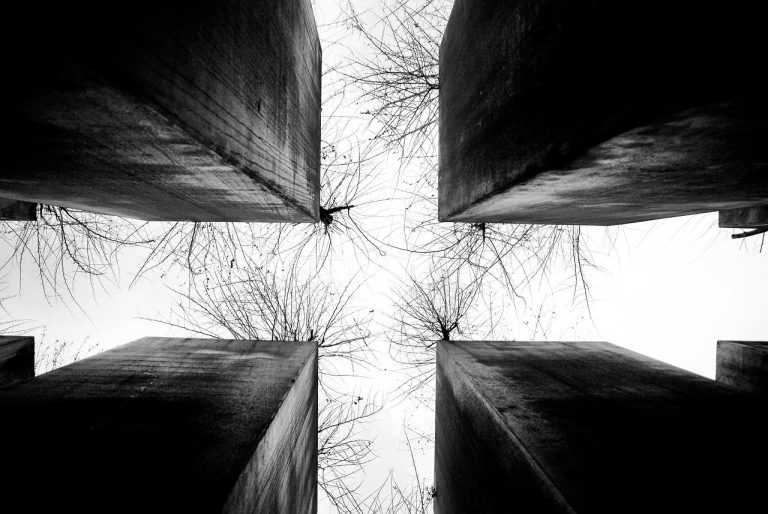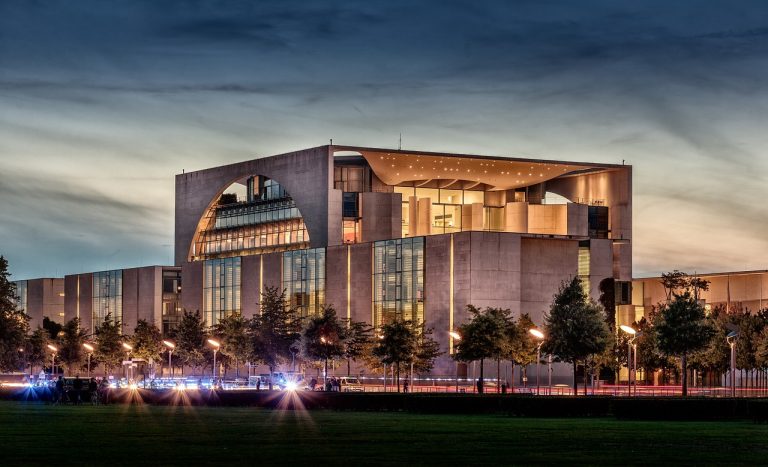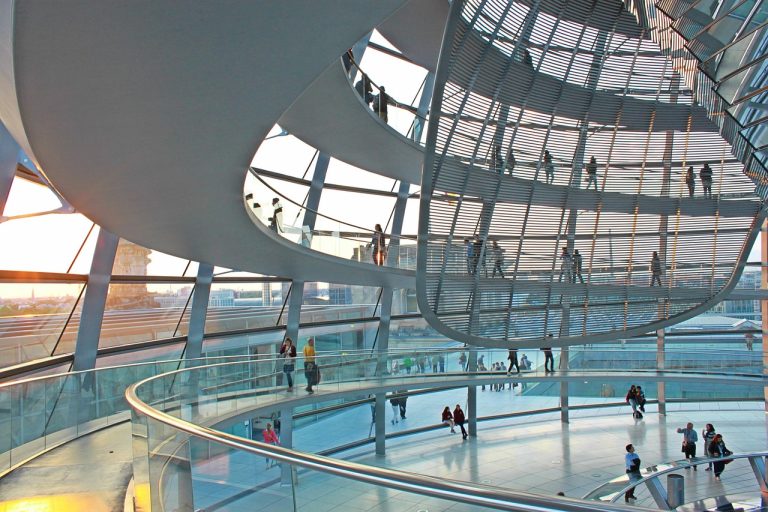Berlin Germany Video
The Cultural Evolution of Berlin Germany
Berlin, the capital city of Germany, is a vibrant metropolis with a rich and complex cultural history. Over the years, Berlin has undergone significant transformations, shaping its identity and contributing to its diverse cultural landscape. From its humble beginnings as a small town to its status as a global cultural hub, Berlin’s evolution has been marked by historical events, artistic movements, and social changes. This article explores the cultural evolution of Berlin, highlighting key aspects that have shaped the city’s identity.
Early Settlement and Prussian Influence
- Medieval Origins: Berlin traces its roots back to the 13th century when it was founded as a trading settlement. Its strategic location along the River Spree facilitated trade and commerce, contributing to its growth.
- Prussian Influence: In the 18th century, Berlin became the capital of the Kingdom of Prussia, which greatly influenced the city’s cultural and architectural development. Prussian kings and emperors left their mark on the city through grand palaces, such as the iconic Charlottenburg Palace.
- Enlightenment Ideas: Berlin embraced Enlightenment ideas during this period, fostering intellectual and cultural advancements. The establishment of the University of Berlin in 1810 further solidified the city’s reputation as an intellectual center.
Industrialization and Urban Expansion
- Industrial Revolution: The 19th century brought industrialization to Berlin, spurring rapid urbanization and population growth. The city transformed into a bustling industrial center, attracting workers from various regions.
- Architectural Marvels: The industrial boom led to the construction of architectural marvels, such as the Berlin Cathedral and the Brandenburg Gate, which became iconic symbols of the city.
- Social Movements: The working-class population in Berlin played a significant role in shaping the city’s cultural landscape. Social movements advocating for workers’ rights and socialist ideologies emerged, contributing to a vibrant political and cultural atmosphere.

Golden Twenties and Cultural Flourishing
- Roaring Twenties: The 1920s marked a period of cultural flourishing in Berlin, known as the “Golden Twenties.” The city became a hotbed of artistic and intellectual movements, with a thriving nightlife and avant-garde arts scene.
- Expressionist Art: Berlin became a center for expressionist art, with artists like George Grosz and Otto Dix depicting the social and political realities of the time through their works.
- Cabaret Culture: Cabarets, such as the famous Eldorado and Wintergarten, became popular venues for entertainment, showcasing performances that pushed the boundaries of traditional norms.
Nazi Era and Post-War Rebuilding
- Nazi Regime: The rise of the Nazi regime in the 1930s brought an abrupt end to Berlin’s cultural flourishing. The city became a center of Nazi power, with the regime suppressing artistic freedom and promoting propaganda.
- World War II: Berlin suffered extensive damage during World War II, with bombings and battles leaving much of the city in ruins.
- Post-War Rebuilding: After the war, Berlin underwent a period of rebuilding and reconstruction. The division of the city into East and West Berlin during the Cold War further shaped its cultural landscape.

Cold War and Berlin Wall
- Iron Curtain: The division of Berlin by the Iron Curtain during the Cold War had a profound impact on the city’s cultural evolution. West Berlin became a symbol of democracy and freedom, while East Berlin was under Soviet control.
- Berlin Wall: The construction of the Berlin Wall in 1961 further solidified the division between East and West Berlin. The wall became a powerful symbol of the Cold War and a physical barrier separating families and communities.
- Escape Attempts: Despite the risks, many East Berliners attempted daring escapes across the wall, highlighting the desire for freedom and reunification.

Reunification and Contemporary Berlin
- Fall of the Wall: The fall of the Berlin Wall in 1989 marked a historic moment of reunification. Berlin emerged as the capital of a unified Germany, symbolizing hope and the end of the Cold War.
- Artistic Revival: Following reunification, Berlin experienced an artistic revival, with numerous galleries, street art, and creative spaces emerging. The city became a magnet for artists and creatives from around the world.
- Alternative Scene: Berlin’s alternative scene flourished, with vibrant nightlife, underground clubs, and a diverse music scene. The city’s openness and tolerance attracted people seeking unconventional lifestyles and creative freedom.
Conclusion
The cultural evolution of Berlin has been shaped by a complex interplay of historical events, social movements, and artistic expressions. From its medieval origins to its status as a global cultural capital, Berlin has undergone significant transformations, each leaving its mark on the city’s identity. Today, Berlin continues to evolve, embracing its rich history while fostering a spirit of innovation and creativity.
References
- Visit Berlin: www.visitberlin.de
- German National Tourist Board: www.germany.travel
- Berlin.de: www.berlin.de
- German History Museum: www.dhm.de
- Charlottenburg Palace: www.spsg.de







